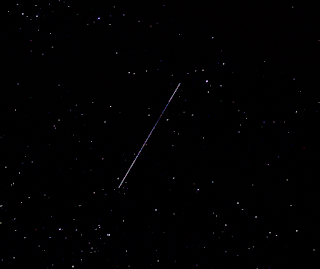Can you find the Hidden Galaxy (IC 342)?

Not every thing in the night sky even though it's up there and visible is easy to see this can be due to various different things but in this case it's due to dust and the Galaxy being in the way. If the dust wasn't obscuring the galaxy it would be one of the brightest objects in the night sky.

